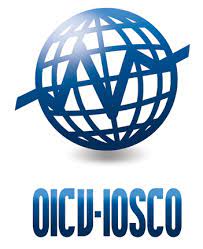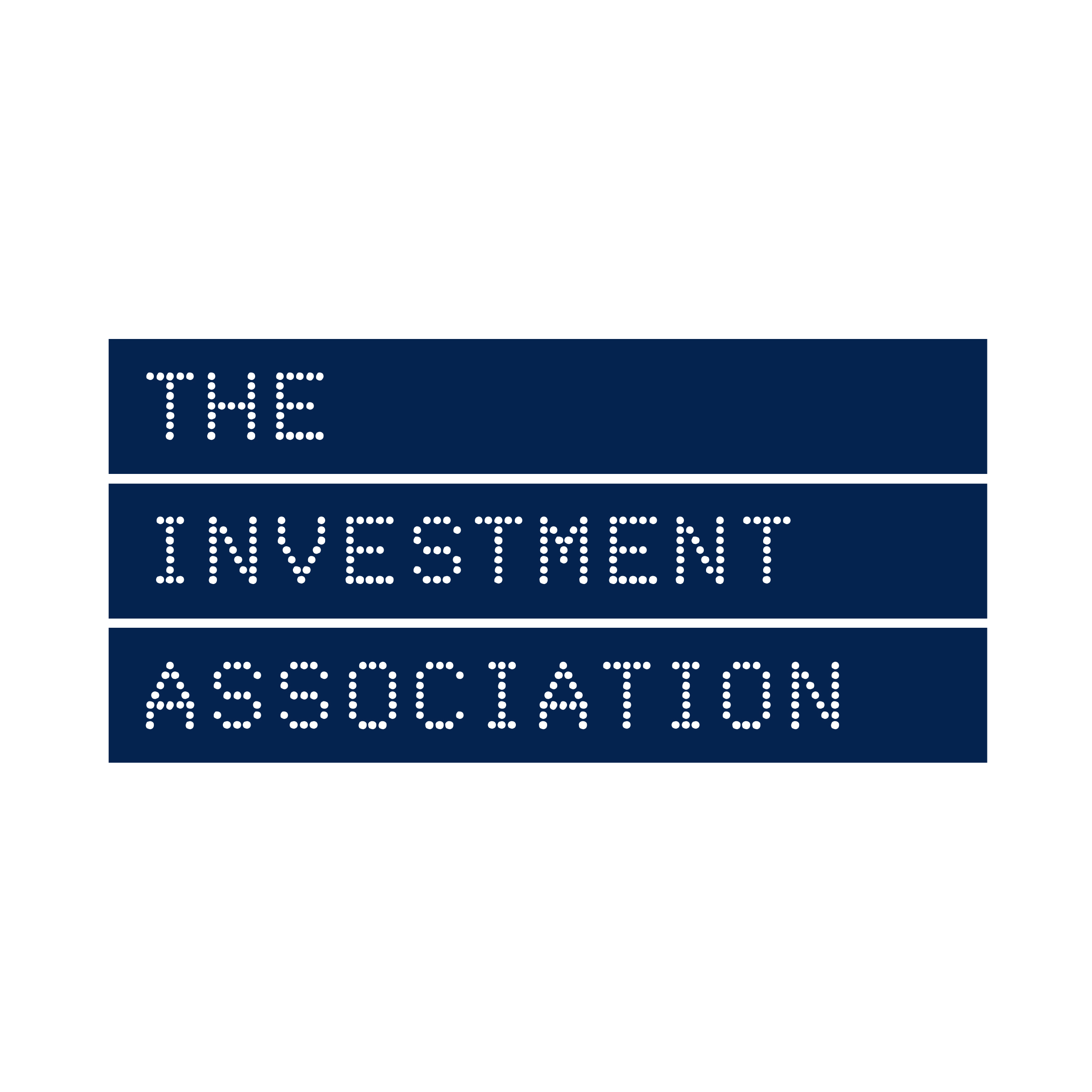When ETFs became part of the Investment Association’s (IA) industry sectors classification early last year, it marked a significant milestone for the industry. The IA’s sector system places funds in categories investors can relate to, be it geographical, industry sector, or type of fund (i.e, global smaller companies, or infrastructure, or commodities etc).
The addition of ETFs into this sector classification system heightened the visibility and comparability of ETFs and placed the passive investment vehicle in direct competition with the active fund and index tracking universe. This ease of comparability continues to serve retail investors well, who are now more easily able to identify funds to meet their long-term financial goals.
The IA is the trade body and industry voice for UK investment managers, also supporting the UK retail market and businesses. Covering both European and international territory, the scope for impact is far and wide; consulting on topics ranging widely from policy, strategy and research to stewardship and corporate governance. The IA encourages diverse thought leadership in the industry through the offering of education and training, with industry best practice at the core of its focus.
It runs a dedicated ETF committee, and the work that committee currently involves, among wider initiatives including the development of the IA’s sectors and its engagements with
The International Organisation of Securities Commissions (IOSCO), an international association that regulates the world’s securities and futures markets.
To cater for the influx of ETFs when they were first included in the classification scheme, eight new sectors were created from the IA’s global and specialist sector categories, and 14 from the global bond sector category, signalling further acceptance of the ETF wrapper into mainstream investing. This is reflective of both the expansion and evolution of the retail investing market.
Currently only physical ETFs – those that own the underlying assets they are tracking (unlike their synthetic counterparts) – are eligible for inclusion in the IA sectors. Pre-emptive of investor demand, the potential inclusion of synthetic ETFs in the sectors toolbox is under consideration by the IA’s sectors committee, which could serve to further establish ETFs in the IA sectors space.
Besides the IA’s ongoing sector developments, the association continued its engagements with IOSCO. This includes their recent consultation that plans to establish whether IOSCO’s 2013 principles for the regulation of ETFs remain relevant, given changes to the market since they were published. This is expected to launch early this year.
Developments to be assessed include the increase in ETF assets under management and the launch of new products beyond the initial equity wrapper, as well as other areas. While IOSCO is not believed to have identified any gaps in the principles, it is thought they see additional scope for best practice guidance with a particular focus on effective product structuring, disclosures and liquidity provision.
The IA’s ETF committee sees value in a move away from the current focus on premiums and discounts to indicative net asset value, noting the importance of ETFs as a liquidity and price discovery tool. The robustness of the ETF market during the beginning of the coronavirus pandemic – and the resulting economic crisis – is also likely to influence any amendments.
With the IA’s support, we are confident that the UK retail ETF market is on the right path to replicating the US where the retail market is much more developed.
Keshava Shastry is head of capital markets at DWS, chair of ETF task force at EFAMA and chair of the ETF committee at the Investment Association
This article first appeared in ETF Insider, ETF Stream's monthly ETF magazine for professional investors in Europe. To access the full issue, click here.
Related articles






